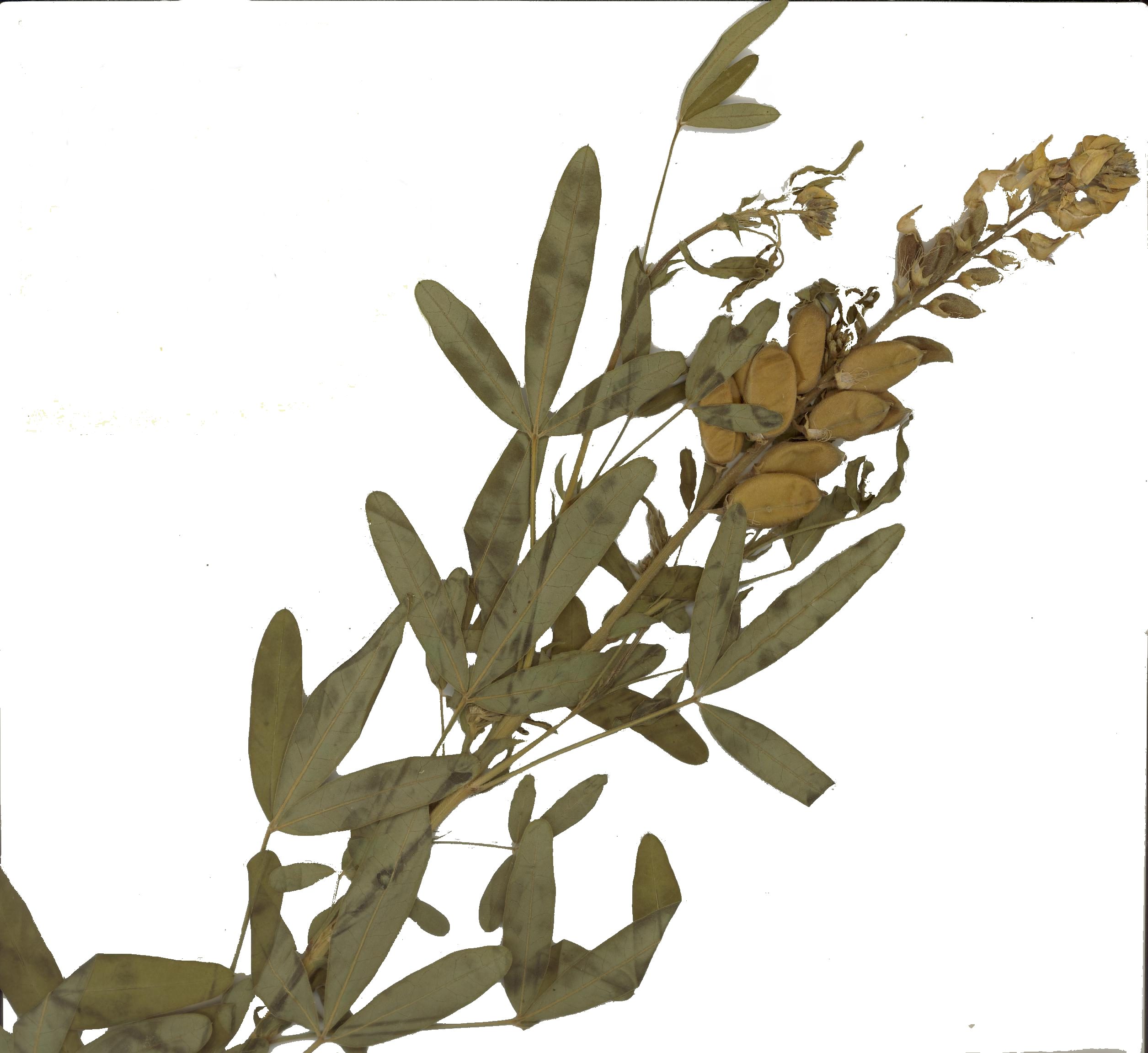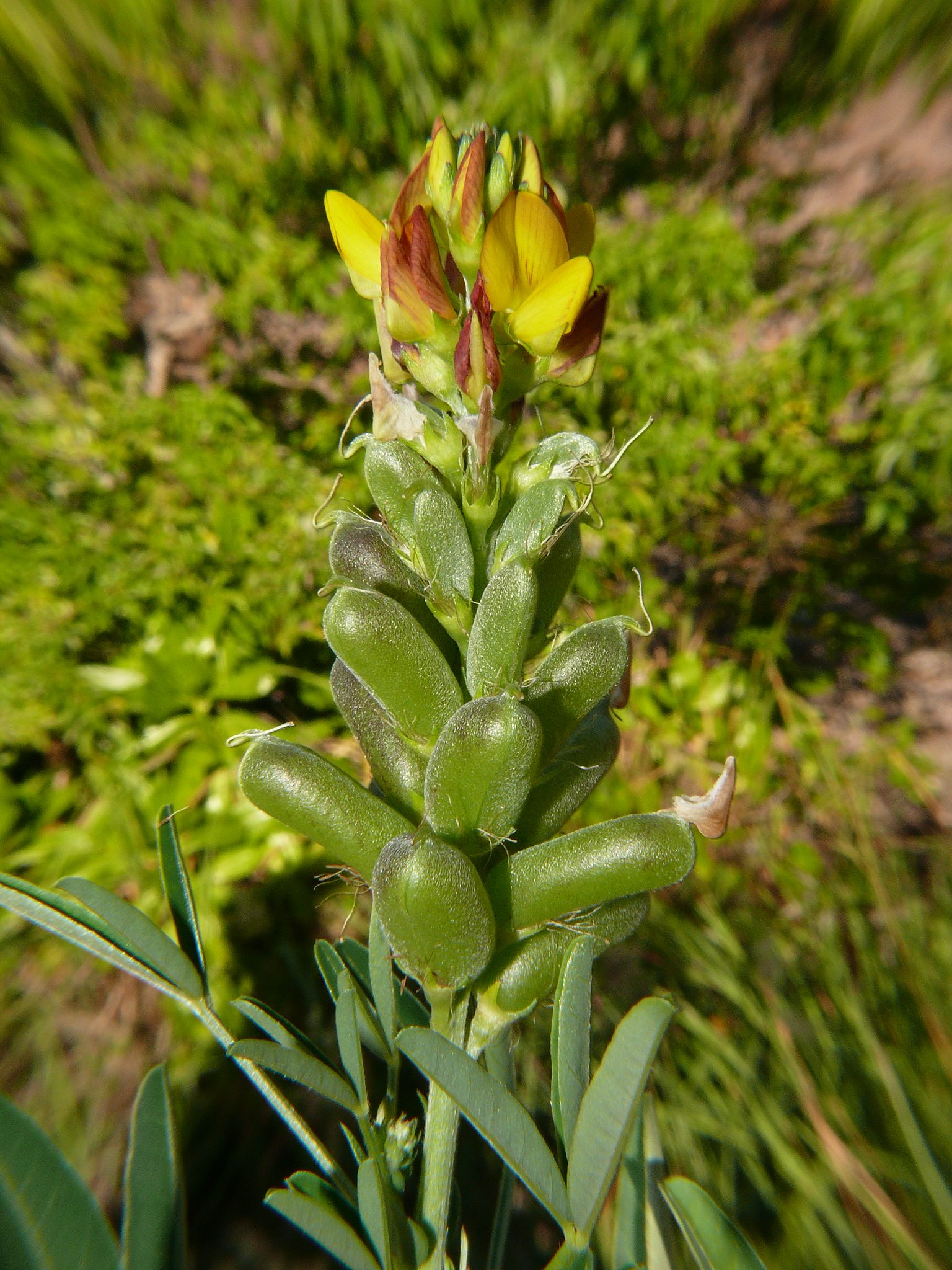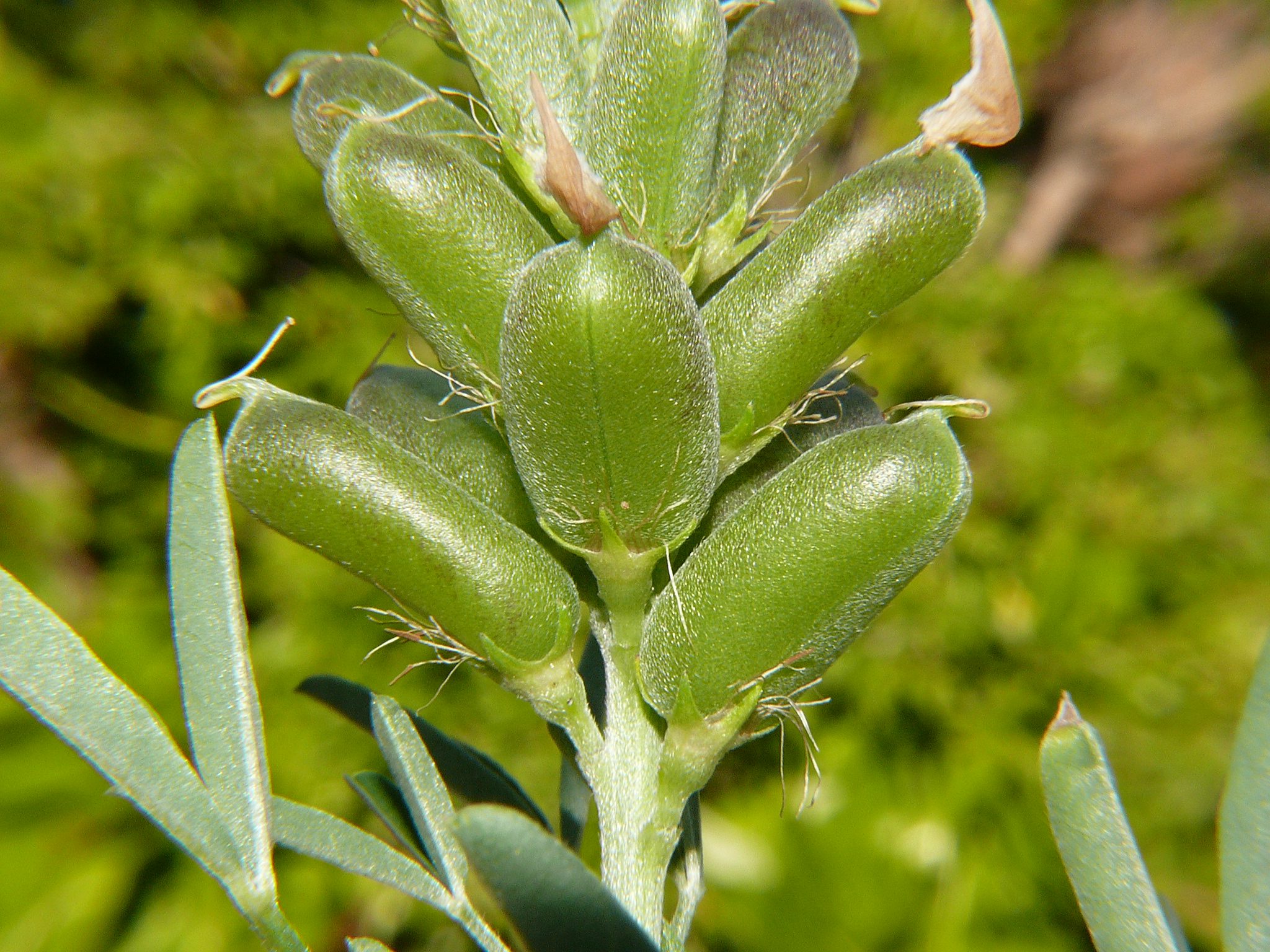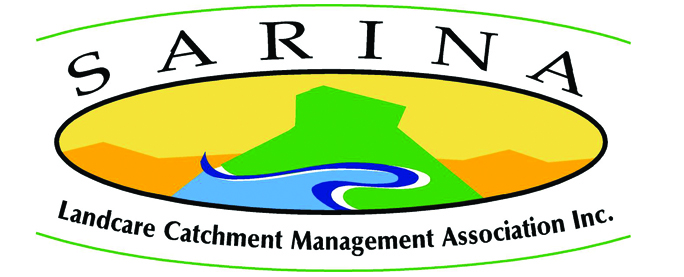Gambia pea
Crotalaria goreensis, Fam. Fabaceae



Usually annual or short-lived perennial herbs. Stems to about 1.5m tall, finely ribbed and densely covered with minute hairs.
| Weed Category: |
Other invasive plants Invasive plants that are not prohibited or restricted invasive plants, but are known to spread readily and cause negative impacts, within the region.
|
| Weed: | Yes |
| Form or habit: | Herb, Shrub |
| Family: | Fabaceae |
| Leaf: | Simple Alternate Alternate, digitately 3-foliate, leaflets narrowly obovate to elliptic, 15-85 x 5-25mm, central leaflet larger than laterals, glabrous or sparsely hairy above, thinly hairy below, stalk to 65mm long. Stipules leafy, unequal sided, 9-25 x 3-7mm. |
| Flower conspicuous: | Conspicuous |
| Flower colour: |
Yellow, Brown, Purple, Orange |
| Flower description: | Yellow with orange, brown or purple streaks, about 10mm long; racemes to 250mm long. |
| Fruit conspicuous: | Conspicuous |
| Fruit colour: |
Brown |
| Fruit: | Dry |
| Fruit description: | Pods 15-20 x 5-9mm, brown minutely hairy, borne at right angles to the stem with 10-16 shiny yellow to reddish brown seeds, 2.5-4mm long. |
| Habitat: | |
| Distribution | |
| Food source for: | |
| Toxicity: | Toxic if ingested |
| Origin: | Tropical Africa |
| Notes: | Spread by: gravity, water and contaminated machinery used for road construction and agriculture. Invades/threats: uncultivated pastures, crops, roadsides, disturbed environmental areas, especially on sandy soils. Often occur in large colonies. Notes: introduced to Queensland in 1931 as a green manure crop now widely naturalised. Many rattlepods, both introduced and native species, occur in this region so correct identification is essential, especially for managers of environmental areas. Most species have nitrogen fixing nodules on their roots. Some are suspected of being poisonous to stock. The hard seeds have a long viability and build up in the soil seed bank. Environmental weed. |
| Information sources: | Mackay Regional Pest Management Group (2018) Weeds of the Mackay Whitsunday Region Second Edition. |



